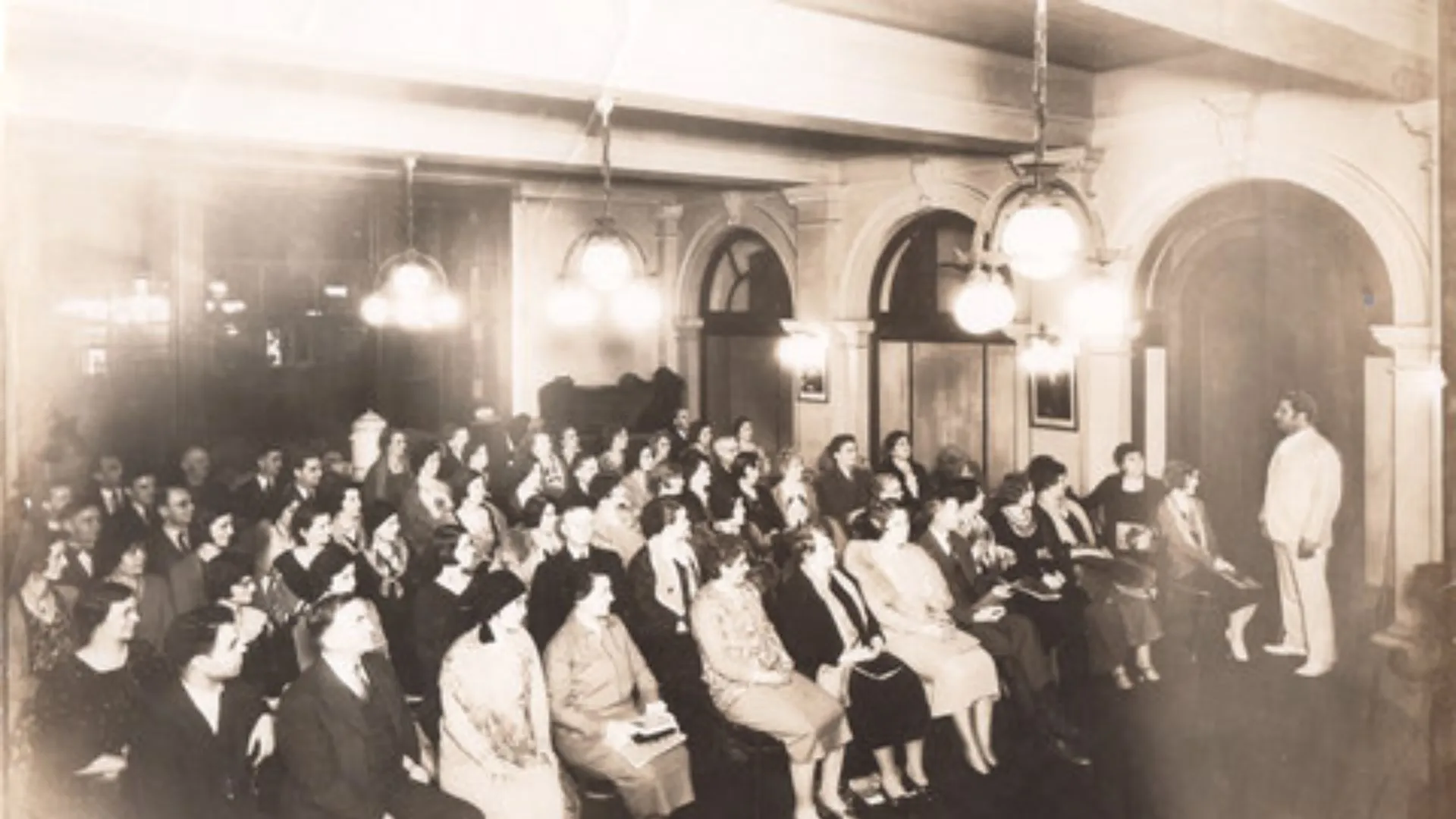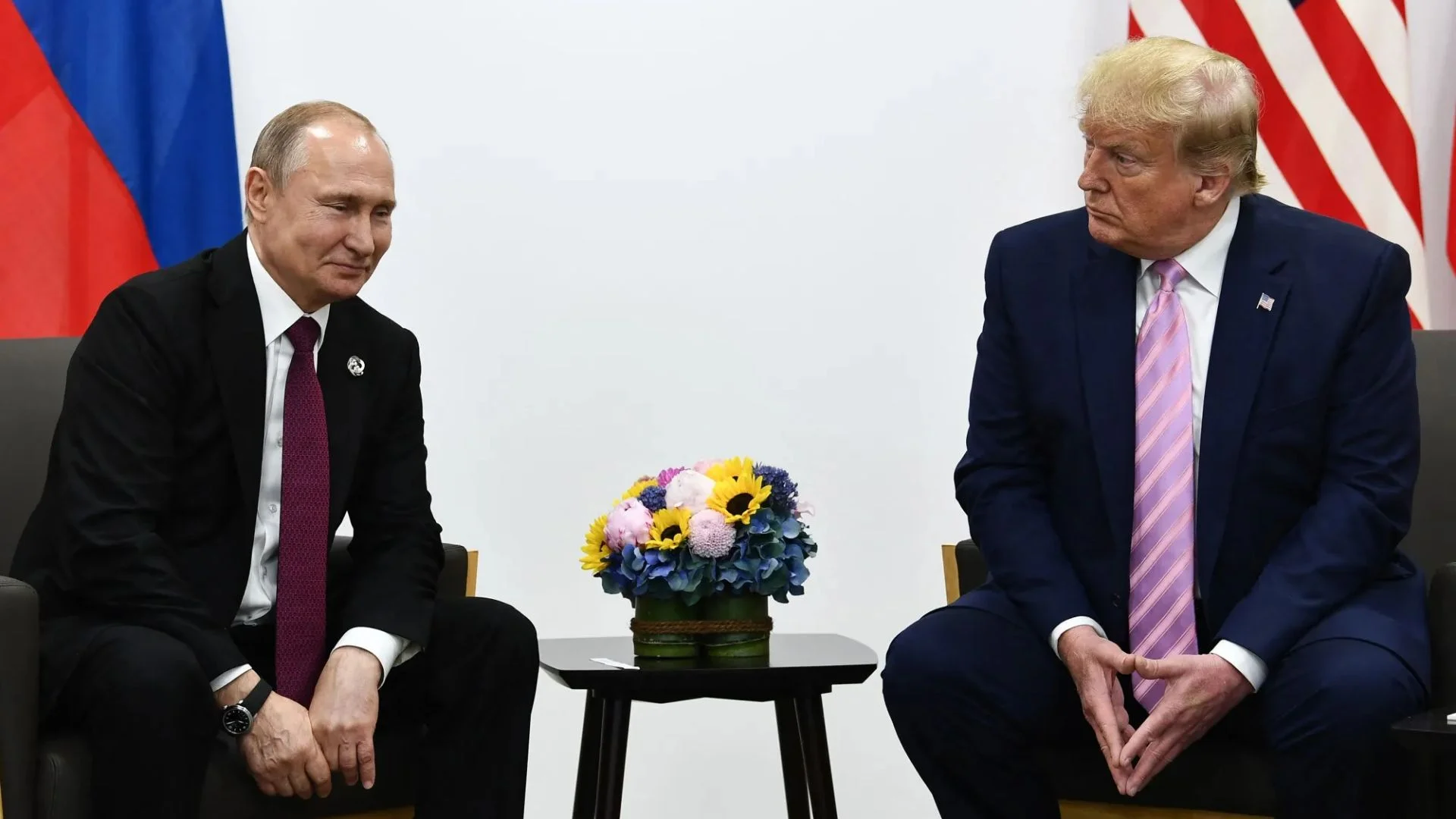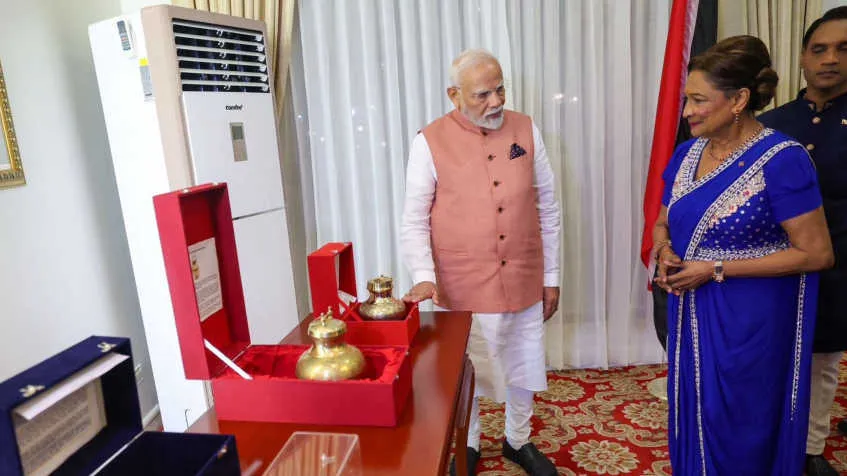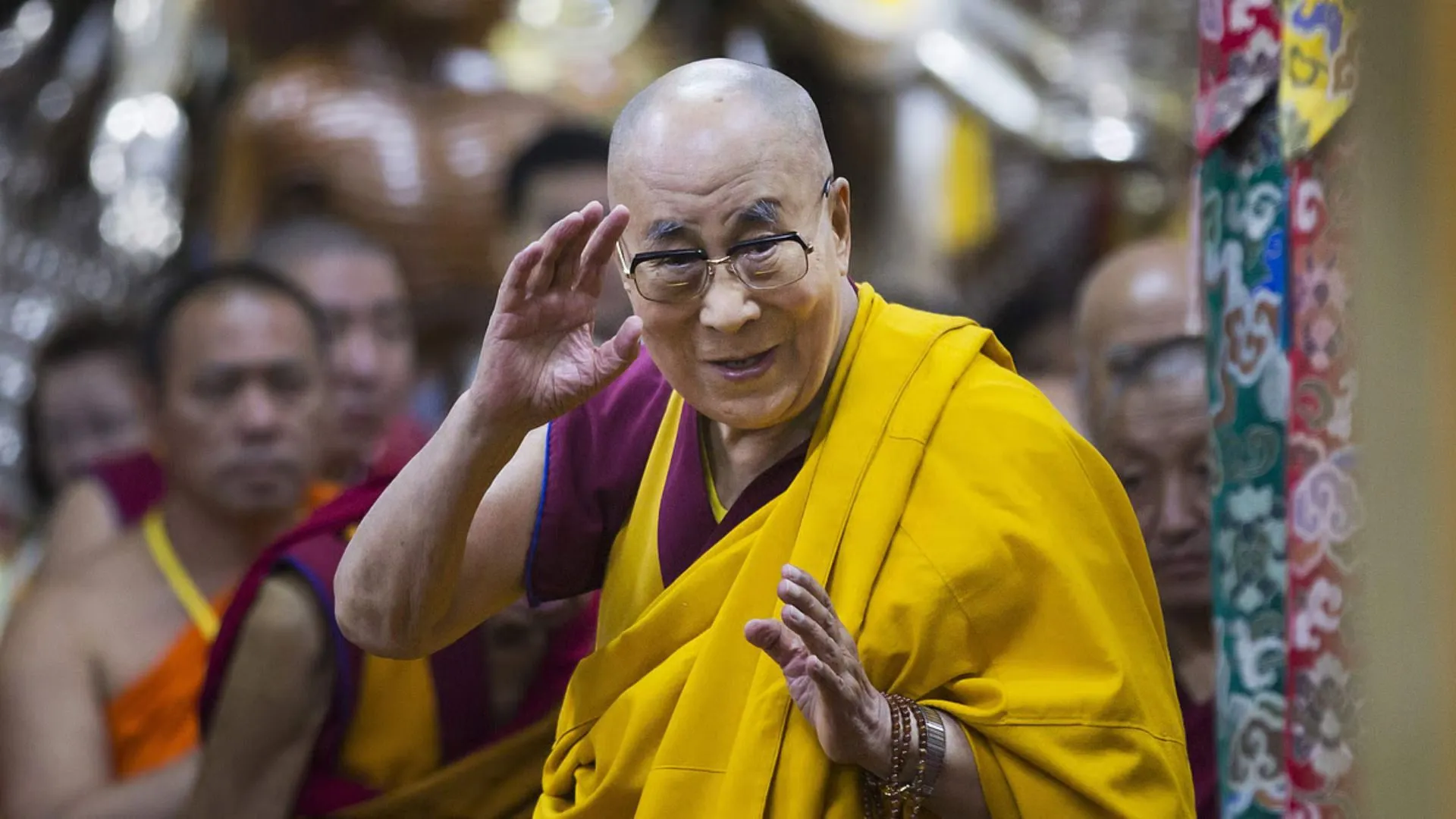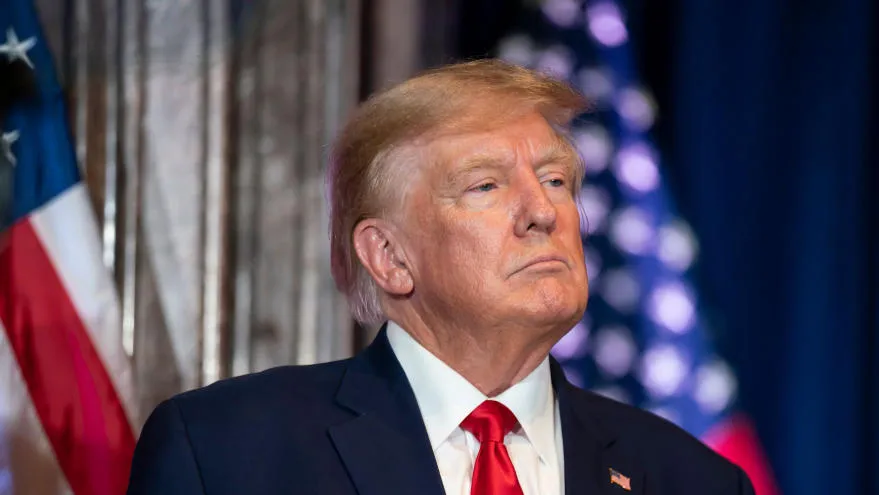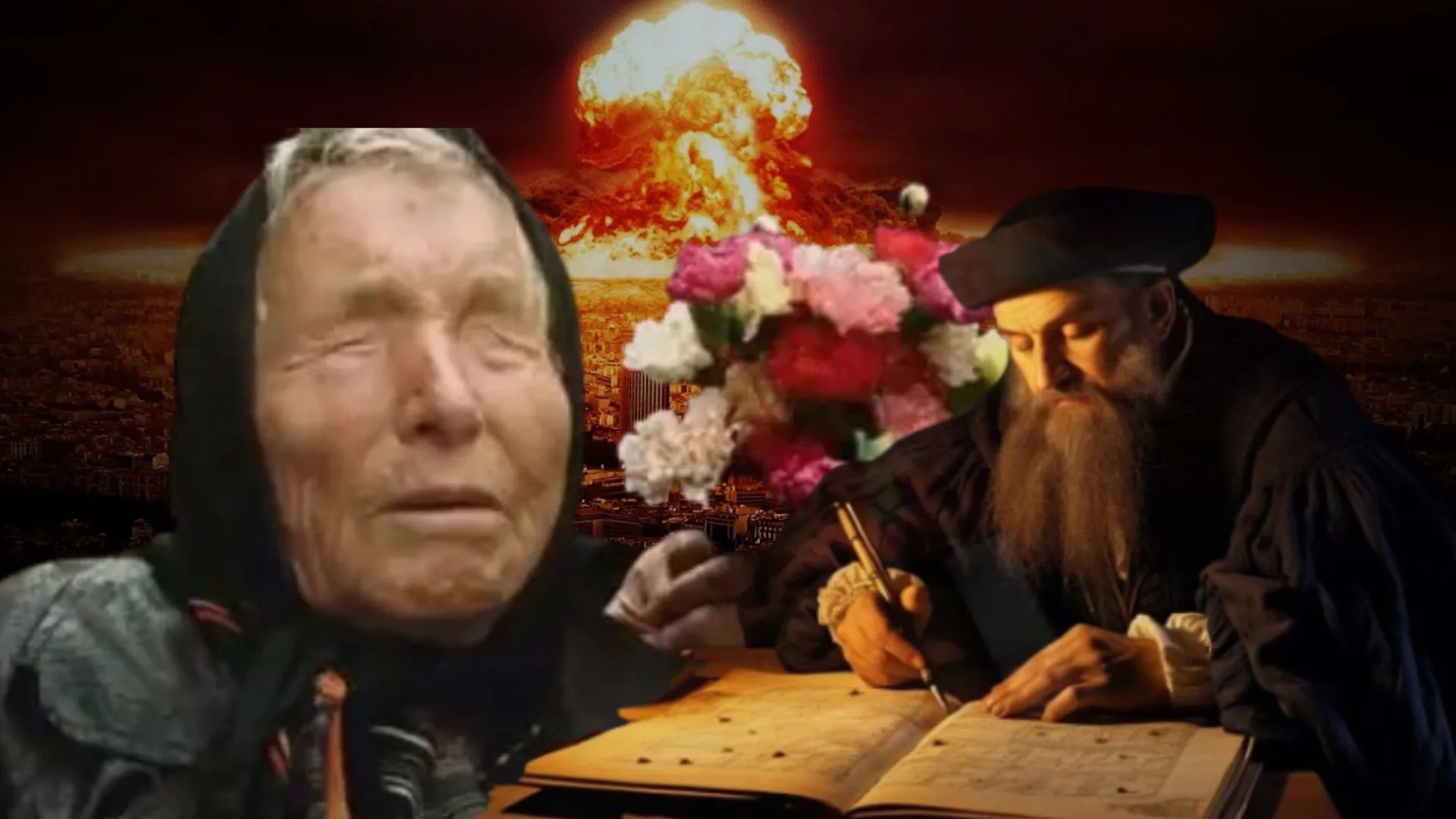As the United States celebrated its 249th Independence Day on July 4, few remembered India’s surprising role in that historic revolution. While the war for freedom unfolded in America, events in India silently affected Britain’s ability to hold on to its colonies.
America’s Fight for Freedom
In 1775, tensions between Britain and its 13 American colonies exploded into war. George Washington took command of the Continental Army. His troops were outnumbered and under-equipped, but he kept the cause alive.
By July 4, 1776, the colonies had declared independence. Washington’s leadership proved vital. His major victories, including the Battle of Trenton and the final blow at Yorktown in 1781, forced General Charles Cornwallis to surrender. The Treaty of Paris in 1783 officially recognized America as a free nation.
Meanwhile, India Was Also at War
Thousands of miles away, India was resisting British rule too. In 1780, Hyder Ali of Mysore launched the Second Anglo-Mysore War. After his death, Tipu Sultan continued the fight.
India’s powerful Mysore-Maratha alliance, with help from the French, challenged Britain’s dominance in the region. The French, who supported the Americans as well, helped stretch the British military across two continents.
Trade Tied the Two Revolutions
America and India didn’t fight side by side—but they shared an enemy and a trade system.
Colonial America relied heavily on Indian textiles like cotton and calico. These goods came through British trade routes. However, the British imposed high tariffs to protect their own textile industry.
These tariffs made Indian goods expensive and scarce. Americans began to protest. They wore homespun clothes to reject British imports. This economic resistance became a powerful symbol of freedom.
Tariffs Hurt Both India and America
British tariffs affected India and America differently—but both suffered. In India, the East India Company suppressed local industries. In America, colonists saw the tariffs as unfair taxation.
As a result, both regions grew restless. In the U.S., economic frustration added fuel to the independence movement. In India, anger against British trade policies helped push local rulers like Tipu Sultan into open conflict.
Did Indian Resistance Help America?
Indirectly, yes. Britain was forced to divide its troops and attention. While fighting Washington in America, they also had to defend their much larger interests in India.
Historians believe that this two-front war weakened British strength. The British saw India as more valuable than the American colonies. That shift in focus may have helped the U.S. gain the upper hand.
Echoes in Today’s Trade Wars
Interestingly, tariffs are still shaping global politics. Under Donald Trump, the U.S. revived aggressive tariff policies. These moves affected India, China, and even long-time allies.
In May 2025, India and the UK signed a free trade agreement to reduce these trade barriers. The parallels are clear—just like in the 1700s, tariffs continue to strain and shape international relations.
A Shared Past, Forgotten
Although India wasn’t on America’s battlefield, it was still part of the revolution. Indian textiles played a daily role in American life. Indian rulers fought British forces at the same time Americans did. And British trade decisions harmed both nations.
The stories of Washington and Tipu Sultan may seem worlds apart, but they were connected through commerce, colonialism, and resistance.

